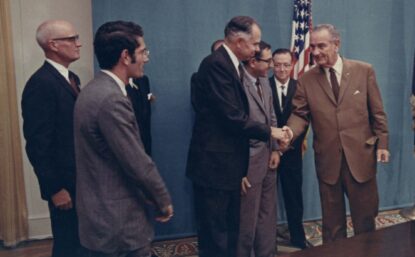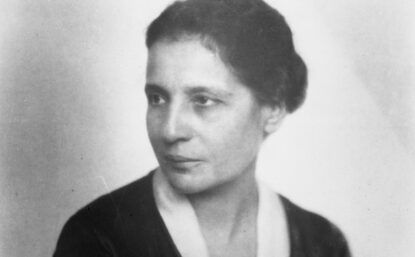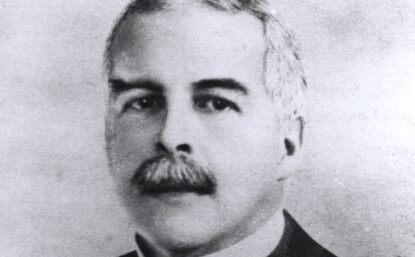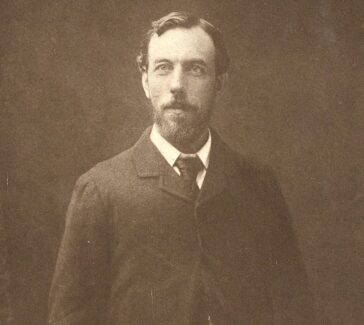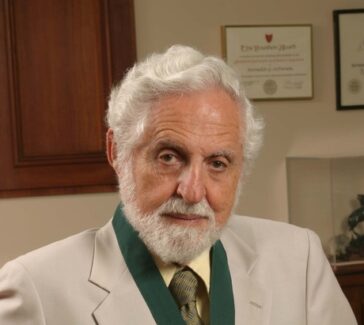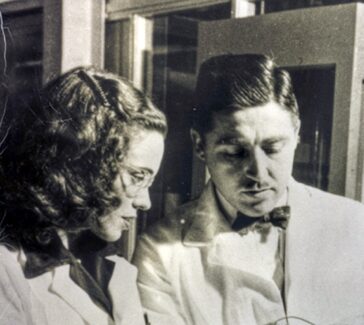Glenn Theodore Seaborg
Seaborg, a Nobel laureate and chairman of the former U.S. Atomic Energy Commission, discovered a number of transuranium elements.
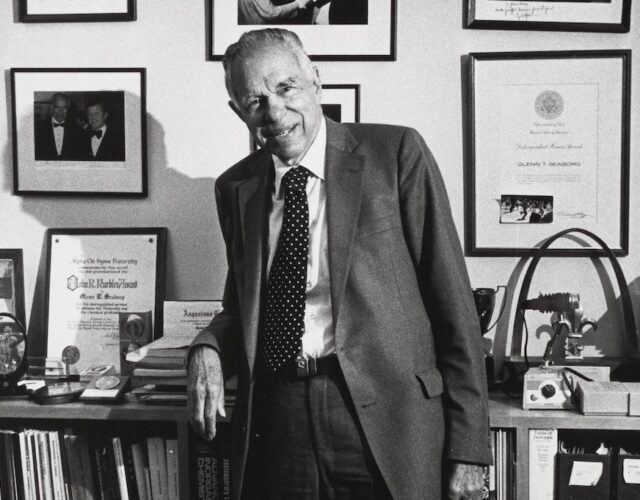
With his colleagues at the University of California at Berkeley, Glenn Seaborg discovered the element plutonium in late 1940. He went on to identify several more of the radioactive “transuranium” elements—so named for their position following uranium in the periodic table—and received a Nobel Prize in 1951. He was also recruited by the Manhattan Project and the former U.S. Atomic Energy Commission.
A native of Michigan, Glenn Theodore Seaborg (1912–1999) earned his bachelor’s degree at the University of California at Los Angeles and his doctorate in chemistry from the University of California at Berkeley. He then served as research assistant to Gilbert Newton Lewis and eventually became chancellor of the university.
He worked away from Berkeley during two significant periods: once to participate in the Manhattan Project at the University of Chicago from 1942 to 1946, and then again to chair the U.S. Atomic Energy Commission (AEC) from 1961 to 1971—from which he returned to Berkeley.
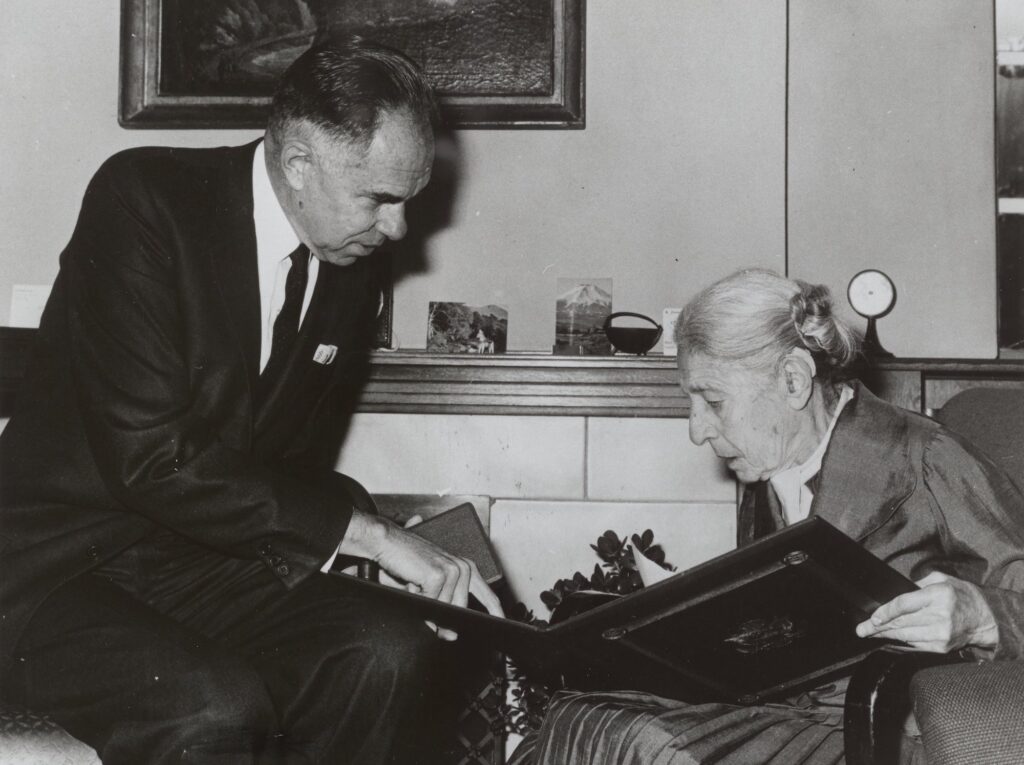
Transuranium Elements, Plutonium, and the Bomb
In 1940 the physicist Edwin M. McMillan, assisted by Philip Abelson (later editor of Science magazine), confirmed and elucidated the phenomenon of nuclear fission announced by Otto Hahn, Lise Meitner, and Fritz Strassmann in 1939.
Specifically, he identified element 93, neptunium, among the fission products of uranium, which was bombarded with neutrons produced from deuterons using the small (27-inch) cyclotron at Berkeley.
McMillan also predicted the existence of element 94, plutonium, which he expected to find among the products of uranium under direct deuteron bombardment. McMillan, however, was suddenly called away to do war work and eventually joined the program at Los Alamos to build nuclear bombs. Seaborg and his associates took over McMillan’s project.
Seaborg and team soon found plutonium with a mass number of 238. Further research led to the production of isotope 239 in early 1941 in very small quantities. Plutonium-239 was shown to be fissionable by bombardment with slow neutrons and therefore became the newest material from which a nuclear bomb could be constructed. Up to that time scientists had known only of uranium-235 for this purpose. Seaborg then joined the Manhattan Project to work on the plan for producing sufficient plutonium-239 for a bomb—the one that was dropped on Nagasaki.
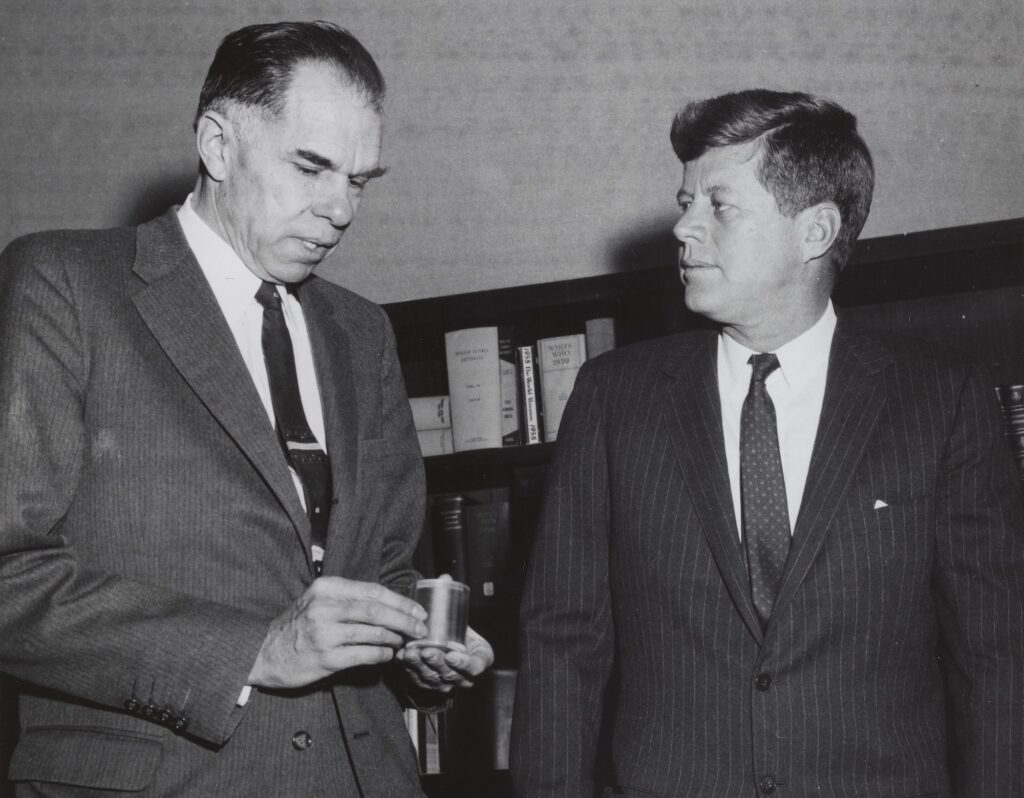
Even before the war ended, he turned his attention to the production of further transuranium elements (95 through 102), developing the actinide transition series in the periodic table. In 1951 he shared the Nobel Prize in Chemistry with McMillan for their discoveries in the chemistry of the transuranium elements.
The AEC and Arms Control
At the AEC, Seaborg became deeply involved in both arms control and nuclear regulatory affairs—attempting to manage the power of the atomic nucleus that his scientific work had revealed. Among chemists he was unusual in writing histories of the epic developments in which he was involved so that the public could be the wiser for his experiences. With Benjamin S. Loeb he wrote a historical series, the first of which was Kennedy, Khrushchev, and the Test Ban (1981).
Recognition
In addition to the Nobel Prize, Seaborg was honored in his lifetime with the SCI Perkin Medal in 1957, the AIC Gold Medal in 1973, the American Chemical Society’s Priestley Medal in 1979, and the National Medal of Science in 1991, among other honors.

